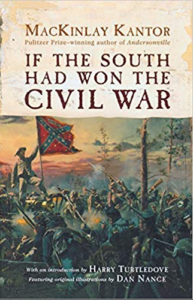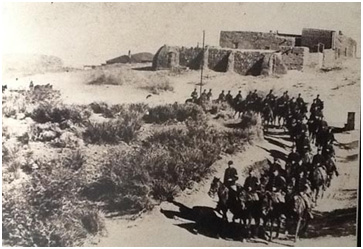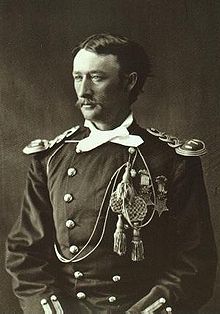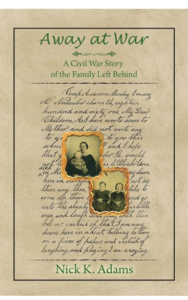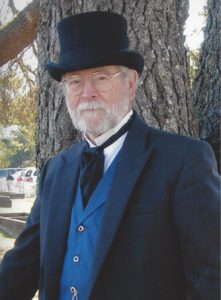Tom Roza on “American Revolution vs. the Civil War: Similarities and Differences”
The two most momentous events in the history of the United States of America occurred less than a century apart; the Revolutionary War occurred in 1775-1783 and the Civil War in 1861-1865. The objective of the Revolutionary War was to create United States of America; the objective of the Civil War was to preserve it. Being a student of history for over 60 years and having conducted extensive research into the root causes for each of these two conflicts, there are numerous social, economic, and political similarities – as well as some differences.
From a high level, people living in the Thirteen Colonies, because of the vast geographical distance from England and Europe in general, and the mixing of different ethnic cultures, with each passing day, were drifting further apart from their European ancestors. In the United States, the North had become more urban, industrialized, and its citizens were more migrant that produced a philosophy that America was a “Union of States”. Conversely, the South was more rural, agrarian, and its population was more sedentary; generation after generation grew up and lived in the same towns and counties; that produced a philosophy that America was a “Collection of Independent States”.
From a social perspective for the period leading up to the Revolutionary War, while most of the people living in the thirteen colonies were of English ancestry, cohabitating with other European ethnic groups as well as being in close proximity to Native American Indians produced a vastly different set of values from those living in England and other European countries. The American colonists saw themselves as more independent and were creating a more homogenous society. For the period leading up to the Civil War, American citizens living in the North had retained that homogenous society perspective that resulted in a more inclusive citizenry. American citizens living in the South sociologically had evolved into a more exclusive society that supported slavery and viewed non-Caucasians and those from non-Protestant religions as foreigners.
From an economic perspective, the British Parliament used its power to impose numerous trade tariffs, barriers and regulations that retarded the economic growth of the colonies. Similarly, the United States Congress imposed numerous trade tariffs, barriers, and regulations that retarded the economic growth of the Southern States.
From a political perspective, the thirteen colonies had no representation in Parliament and were denied the same individual rights that were granted to citizens living in England. With the abolitionist movement in the North attempting to prevent slavery from being allowed in the new states being formed in the western territories, Southerners feared they would lose political power in Congress that would both perpetuate the imposition of unfair economic laws but also eventually result in the abolition of slavery throughout the United States.
The presentation “American Revolution vs. the Civil War: Similarities and Differences” takes in-depth look at these two momentous events.
Tom Roza has been a student of history for over 60 years. His interest in both the Revolutionary War and the Civil War began with his elementary education in Milwaukee, Wisconsin and has evolved ever since. As an officer and the Secretary of the South Bay Civil War Roundtable, Tom has made numerous presentations on the topic of the Civil War to both his roundtable organization and other historical organizations in the Bay Area. Tom is also a published author of the book entitled Windows to the Past: A Virginian’s Experience in the Civil War, which has been accepted by the Library of Congress into its catalog. Tom is currently working on a sequel.
